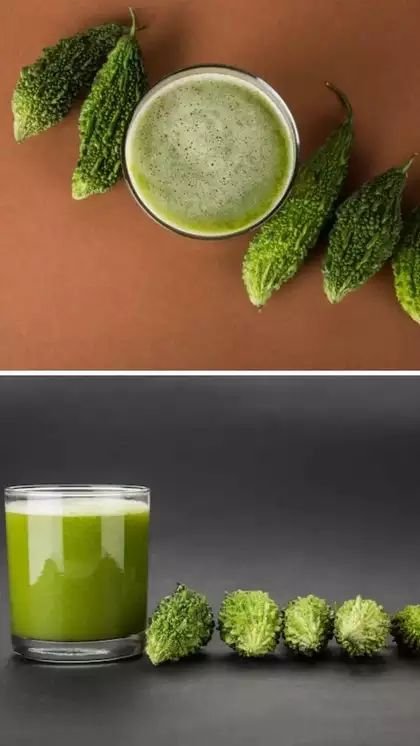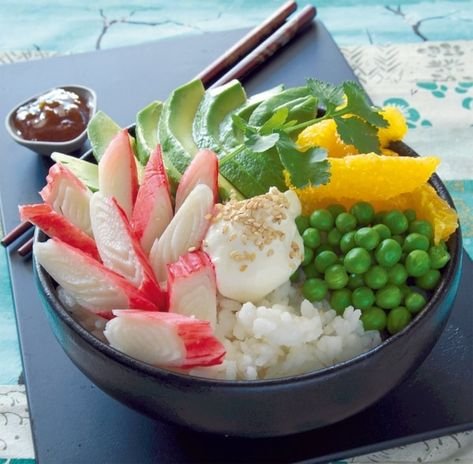Kanikama, commonly known as imitation crab meat, is a popular seafood product made from fish, usually surimi (a paste made from ground fish). It is a staple ingredient in many dishes worldwide, especially in Japanese and Asian cuisine. Derived from the Japanese word “kani” meaning crab, and “kama” meaning a fish’s flesh, kanikama mimics the texture and flavor of real crab meat but at a more affordable price. This article will explore the history, production, uses, benefits, and culinary possibilities of kanikama, along with some interesting facts about its versatility and nutritional value.
Table of Contents
The Origins of Kanikama
Kanikama was first developed in Japan in the 1970s as a cost-effective alternative to real crab meat. The need for a cheaper version of crab meat came from the rising cost of crab fishing, which made it unaffordable for many consumers and chefs. Surimi-based products were already used in Japan for fish cakes and other fish products, so adapting the process to imitate crab meat was a natural next step. By using finely minced fish, starch, and seasonings, manufacturers could create a product with a texture that closely resembled real crab.
In the decades that followed, kanikama gained popularity outside Japan, particularly in the United States, where it became a common ingredient in sushi rolls, seafood salads, and even soups. Today, kanikama can be found in grocery stores worldwide, often as a convenient and low-cost alternative to crab in various dishes.
How Kanikama is Made
The process of making kanikama begins with surimi, which is typically made from white fish such as pollock, haddock, or whiting. Surimi is prepared by washing the fish fillets to remove any unwanted fats, bones, and enzymes. The fish is then ground into a paste, which is mixed with starch, salt, and sometimes egg whites. This paste is then heated and shaped into strips, sticks, or even flakes, which are then coated with artificial crab flavoring and coloring to give it the appearance and taste of crab meat.
While the base of kanikama is fish, the flavor and texture are carefully engineered to resemble that of real crab. Artificial crab flavors are usually derived from a combination of fish extracts, salt, and sugar, with the addition of coloring agents like carotene to give the product a reddish-pink hue. This combination of surimi and seasonings creates a highly versatile product that can be used in a variety of dishes.
Nutritional Benefits of Kanikama

Although kanikama is made from fish, it is important to understand its nutritional profile. While it may not provide the same level of nutrients as whole fish or real crab meat, it still offers some health benefits. Here are a few of the key nutritional aspects of kanikama:
- Low in Calories: A typical serving of kanikama (about 3 ounces or 85 grams) contains around 80-100 calories. This makes it a great choice for those looking to enjoy seafood without consuming too many calories.
- Protein Content: Kanikama is a good source of protein, providing around 7-10 grams per serving. Protein is essential for muscle repair, immune function, and overall body maintenance.
- Low in Fat: With just a few grams of fat per serving, kanikama is a relatively low-fat seafood option, especially when compared to fatty fish like salmon or tuna. This makes it a suitable choice for individuals on a low-fat diet.
- Low in Carbohydrates: Since kanikama is made from fish, starch, and seasonings, it contains a low amount of carbohydrates, making it suitable for low-carb or ketogenic diets.
- No Cholesterol: Unlike real crab, which can be higher in cholesterol, kanikama contains little to no cholesterol, making it a heart-healthy option.
However, it is important to note that kanikama is highly processed and can contain additives, preservatives, and sodium. Therefore, it is best enjoyed in moderation, especially for individuals watching their sodium intake.
Uses of Kanikama in the Kitchen
One of the main reasons kanikama has become so popular in the culinary world is its versatility. Whether you’re making sushi, salads, soups, or appetizers, kanikama can be used as a substitute for real crab meat in almost any recipe. Here are some common uses of kanikama in the kitchen:
- Sushi Rolls: One of the most famous uses of kanikama is in sushi rolls, especially California rolls. The imitation crab is often shredded or sliced and used as a filling in sushi rolls, giving them a delicious crab flavor without the high price tag.
- Salads: Kanikama is often used in seafood salads, where its mild flavor and firm texture make it an ideal addition. It can be paired with mayonnaise, avocado, and other fresh vegetables to create a satisfying salad.
- Soups and Stews: In some Asian cuisines, kanikama is added to soups and stews, where it imparts a subtle crab flavor. It’s often used in miso soup, seafood chowders, and even hot pots.
- Sandwiches and Wraps: Shredded kanikama can be used as a filling in sandwiches and wraps, mixed with a variety of ingredients such as lettuce, cucumber, and creamy sauces.
- Appetizers: Kanikama can be used in a variety of appetizers, including crab cakes, seafood dips, and even stuffed mushrooms.
- Stir-fries: In some stir-fry dishes, kanikama can be used as a protein source, added to vegetables, rice, or noodles for a quick and easy meal.
Advantages of Using Kanikama
Aside from being affordable and widely available, kanikama offers several benefits that make it an attractive ingredient in cooking:
- Cost-Effective: Compared to real crab meat, kanikama is significantly less expensive, making it accessible for those on a budget or restaurants looking to offer a crab-like experience without the high costs.
- Convenience: Kanikama is pre-cooked and ready to eat, which makes it incredibly convenient for busy home cooks and professional chefs alike. It can be used directly from the package without any additional preparation.
- Long Shelf Life: Kanikama has a longer shelf life than fresh crab, especially when stored in the refrigerator or freezer. This makes it a convenient option for stocking up and using as needed.
- Allergen-Free: For individuals who are allergic to shellfish, kanikama provides a crab-like flavor without the risk of an allergic reaction, as it is made from fish rather than shellfish.
Environmental Impact of Kanikama

The production of kanikama is often considered more sustainable than traditional crab fishing. Since it is made from fish like pollock, which are abundant in many oceans, the harvesting of these fish is generally more sustainable than the overfishing issues facing crab populations. However, like all seafood, the environmental impact of kanikama depends on the sourcing and production methods used.
For eco-conscious consumers, it is important to choose kanikama products made from sustainably sourced fish. Look for certifications such as the Marine Stewardship Council (MSC) label, which ensures that the fish used in the product comes from well-managed fisheries.
Also read Hunger Games Simulator: Dive Into a Virtual Battle for Survival
Conclusion
Kanikama is a versatile, affordable, and delicious alternative to real crab meat that has gained popularity worldwide. Whether used in sushi, salads, soups, or other dishes, kanikama offers a satisfying crab-like flavor and texture without the high cost. It is a great option for individuals looking for a low-calorie, protein-rich food that fits into a variety of diets. However, like all processed foods, it should be enjoyed in moderation, and consumers should be mindful of the ingredients and additives used in its production.
In conclusion, kanikama has proven to be a valuable product for the culinary world, offering a cost-effective way to enjoy the taste of crab while supporting sustainable seafood practices. Whether you’re a home cook or a professional chef, kanikama can be used in a variety of dishes, making it a fantastic pantry staple for anyone who loves seafood.


